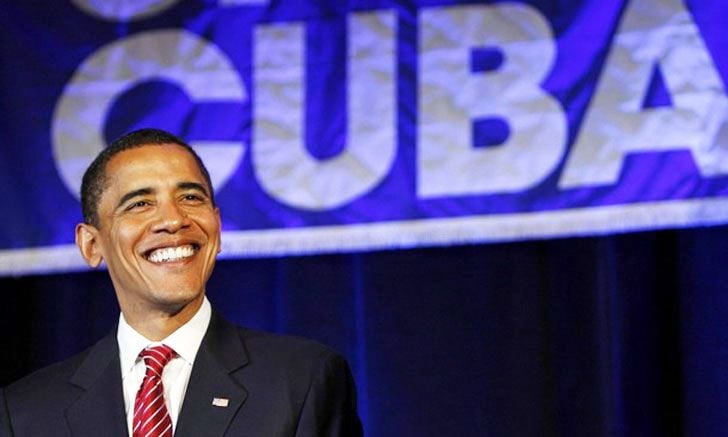
By Matthew Barbari
On March 15, President Obama announced that certain travel restrictions between the United States and Cuba would be reduced in preparation for his visit to the small island country. This ease of the sanctions involves allowing Americans to travel to Cuba for what is referred to as “educational trips” as well as travel lifts that accept payment in dollars. Further restrictions on trade involving loans from U.S. banks were also loosened in the hope that normalized relations could be attainable before Obama leaves the White House.
The Obama Administration made these changes before the president’s trip to Cuba on March 21-22. The trip is historic since Obama will be the first sitting president in 88 years to visit Cuba. This comes after a 2014 meeting between Obama and Cuban President Raul Castro where both talked about normalizing relations between the long time enemies. Then, Obama had promised to visit the island before the end of his presidency.
The end of these restrictions makes it easier for Americans to travel to Cuba, as long as they are seeking to further their education. These sanctions come on top of other previous reductions in travel restrictions: the first in 2009 that allowed Cuban Americans to visit family on the island, and a second in 2011 that opened up travel for students and religious missions to the island. While many of the wider travel restrictions still apply, people will be able to travel on approved vessels to Cuba as well as visit around the island as long as they keep a record of where they visited (i.e. museums, historic sites and landmarks). There is now also the option for U.S. banks and some other businesses to invest in economic opportunities on the island as long as the U.S. government approves them. It also allows for Cuban citizens to earn a salary in the U.S. without defecting from Cuba.
While these reduced restrictions helps to continue the process of normalization, there is still much in the way toward an eventual normal relationship. Many of these come in the form of congressional acts that cannot be unilaterally changed by the president. These include the Helms-Burton Act of 1996 and the Cuban Democracy Act of 1992, both of which restrict U.S. companies from trading with Cuba and restrict full travel for either U.S. or Cuban citizens between the two countries.
There is also the 1917 Trading with the Enemy Act, which prohibits any U.S. company from conducting trade with any country that the president deems hostile towards the U.S. Despite Obama’s stance on normalizing relations, Cuba remains the only country that is currently affected by this law; being the last one to have these sanctions remain since President Bush loosened some restrictions against North Korea in 2008. The president can only do so much to overturn old laws, as it is the responsibility of Congress to truly end the embargo. This, at the current moment, seems highly unlikely, as the Republican-dominated Congress has no interest in seeing the embargo end despite the president’s request as well as increased public support to normalize relations with Cuba.
Another issue related to the normalization of relations us the impact of trade between the two countries. While some of the sanctions that the Obama Administration lifted make it easier for U.S. banks to make transactions in Cuba, it is still illegal for most U.S. companies to conduct business there. There is, however, little incentive for banks to invest in Cuba as its economic growth potential is stunted as long as the embargo holds. Furthermore, Cuba’s economy is also stagnating due to the inefficient two-currency system that only allows for only one currency to be exchangeable the U.S. dollar.
While the reduced sanctions certainly help in continuing the process of normalization that Obama has been calling for since 2014, there is still a long way to go before the U.S. and Cuba have a normal political and economic relationship.